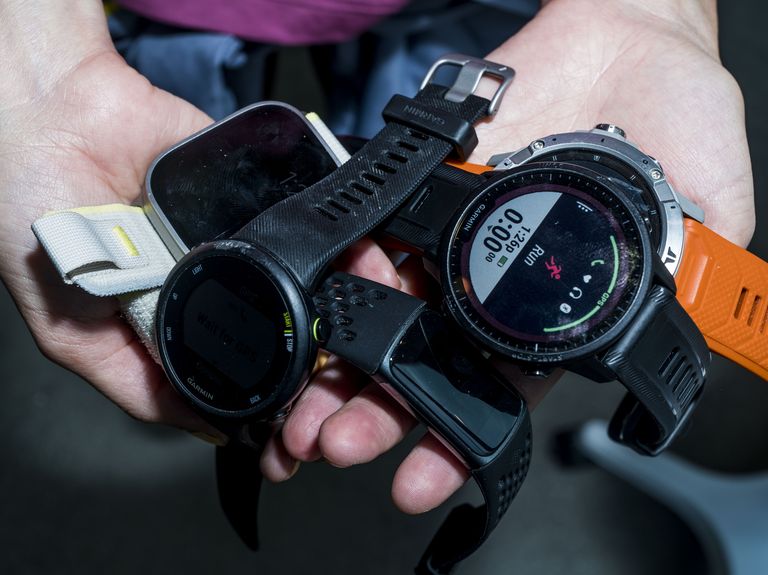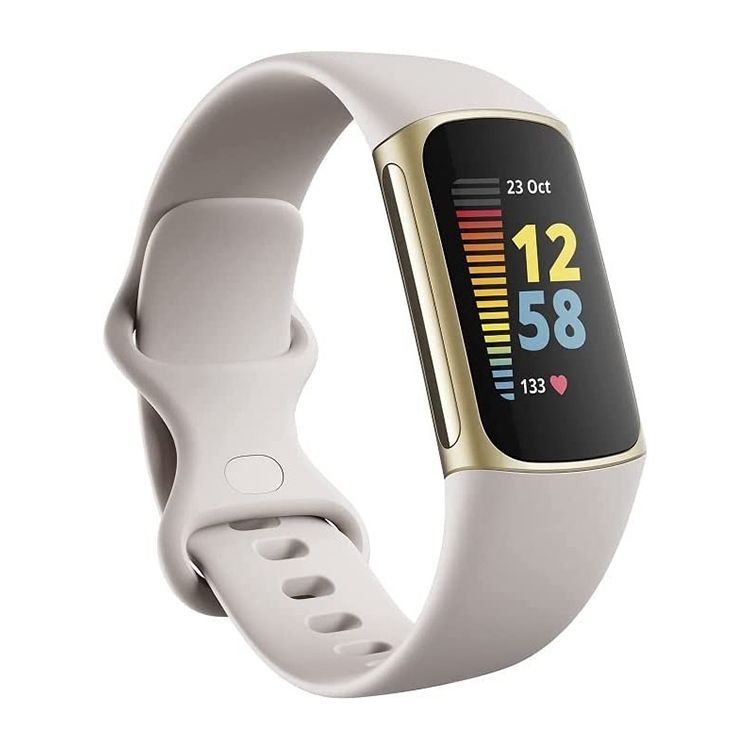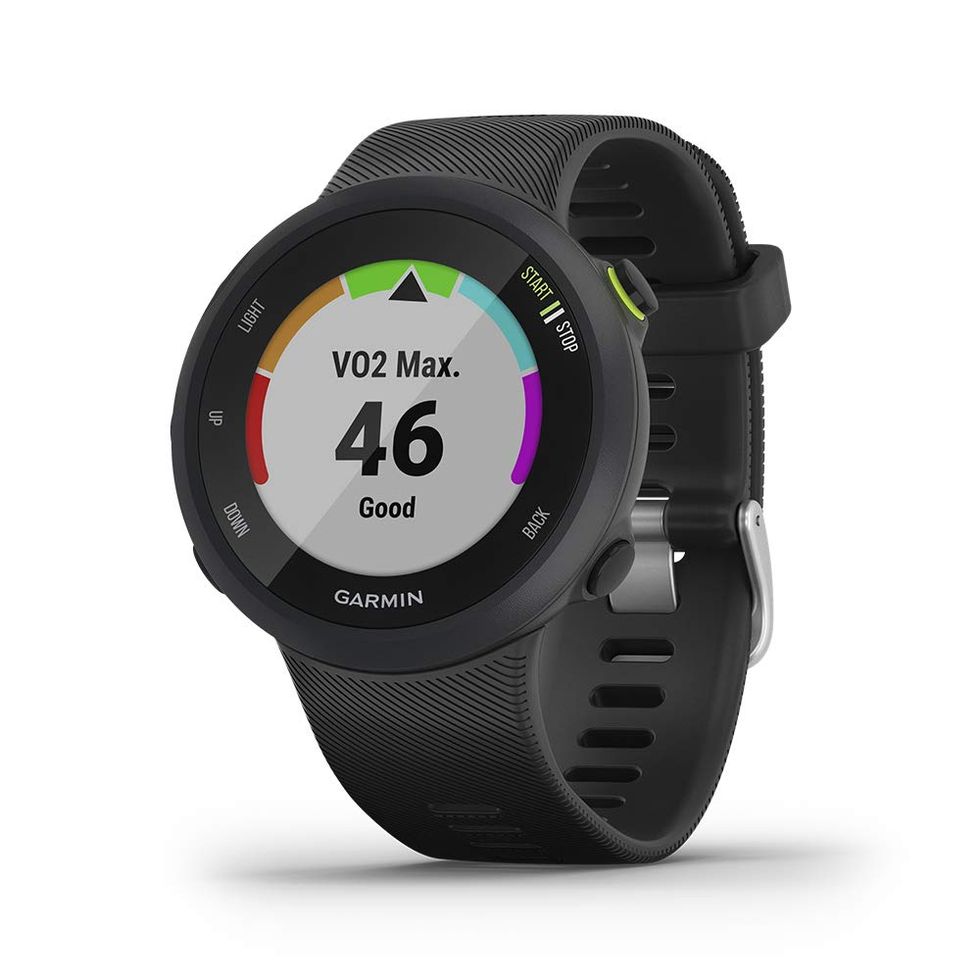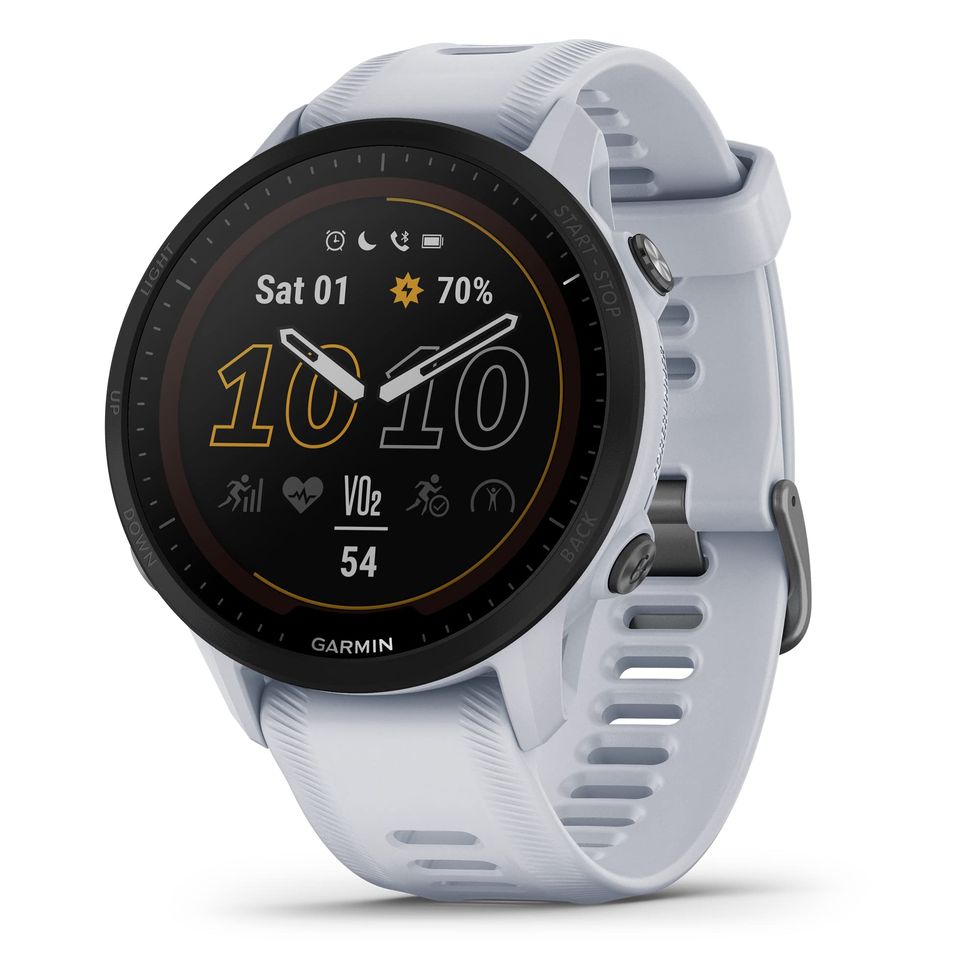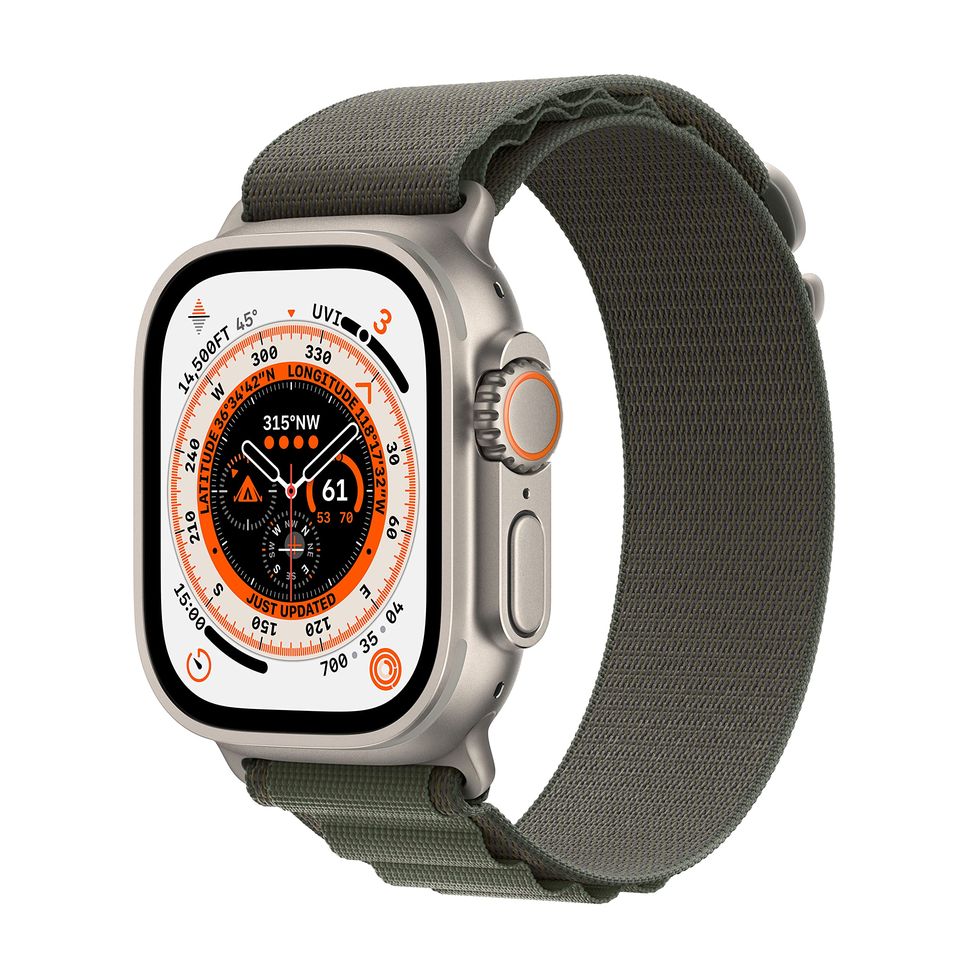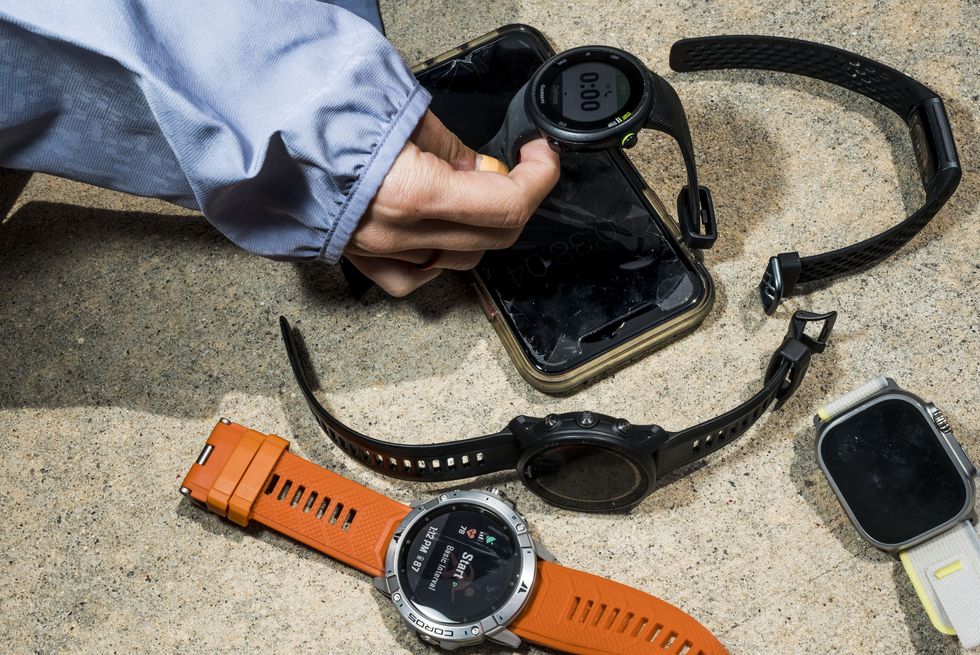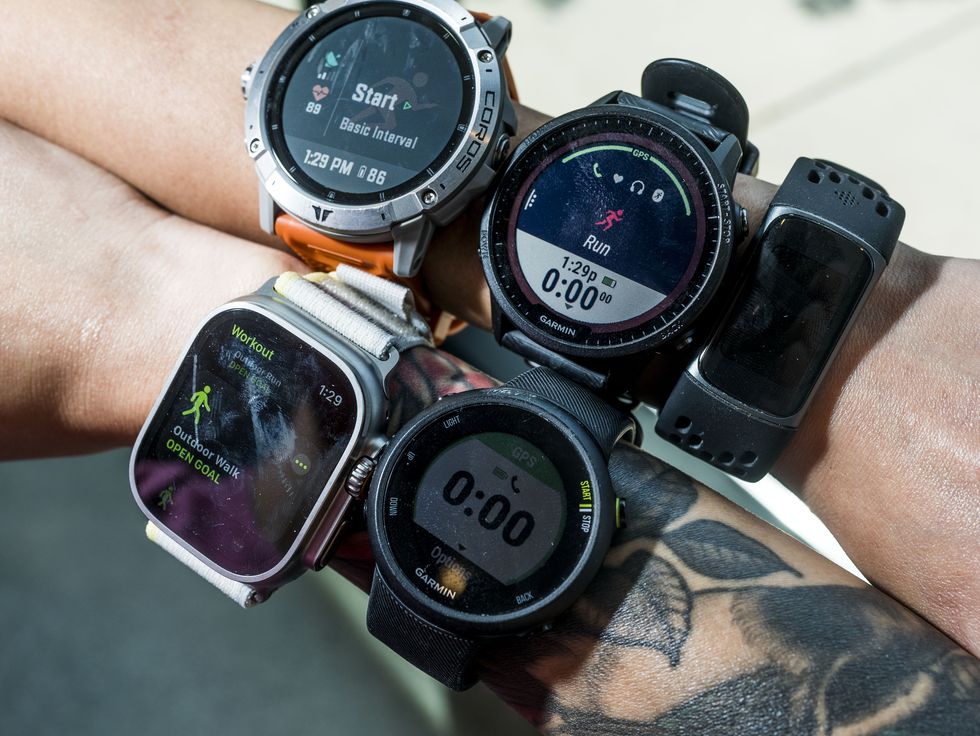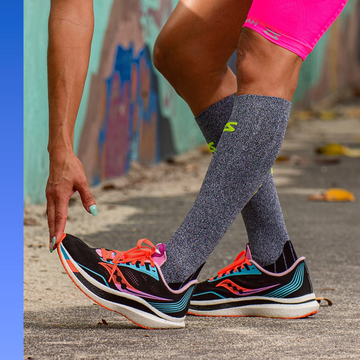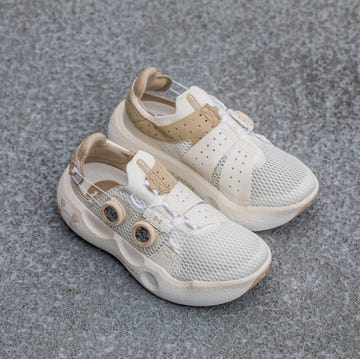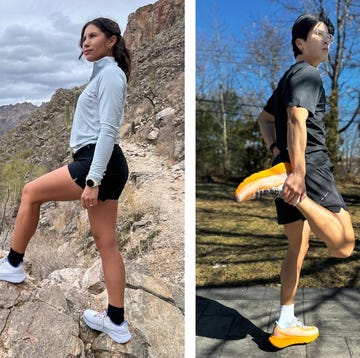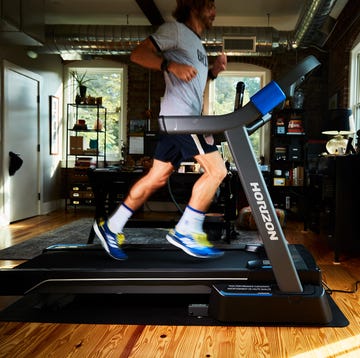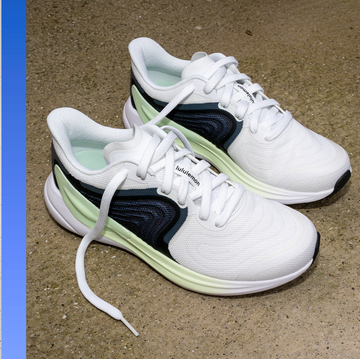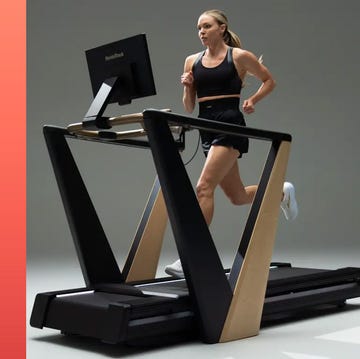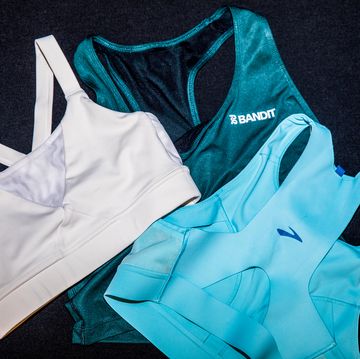Raise your hand if you’ve ever tried not to look awkward on the curb waiting for your smartwatch to get a GPS signal before a run. Like you, I’ve had my fair share of feigning interest in cloud formations, overstretching my quads, or just holding my wrist up to the sky while crossing the street with the faintest hope that maybe reaching for a satellite will make it engage with my watch.
During the winter months when I lived in a city apartment surrounded by tall buildings, I used to risk theft instead of freezing before my run. I’d leave my watch on the sidewalk, hoping an opportunist wouldn’t snatch it as I bundled up inside. Sometimes it’d get a signal. Mostly, I’d still be standing outside, shivering, waiting for one. Nobody ever stole my watch because no one was crazy enough to be outside on days I ran (every day, every season).
Those days are far behind me. My current watch, the Garmin Forerunner 955 Solar, gets a signal when I’m wearing it around my apartment in Pennsylvania’s Lehigh Valley. It’ll give me the green light even when I’m in my windowless bathroom or foyer.
My previous Garmin watches were the Forerunner 10, 45, 345 Music, and 745 Music. Considering this history, I wondered if a higher model number correlated with getting a quicker GPS signal. Or was it just my move outside the city to a skyscraper-free valley? Or, maybe enabling the watch’s Bluetooth connection to my smartphone helped me get a signal more easily. Wanting to find answers—and get a few tips— I contacted Apple and Garmin with troubleshooting questions. I also tested several watches to see which found GPS signals fastest.
GPS Signal Test—and Bust
To compare the times it takes different smartwatches to get a GPS signal, I asked the RW test team to relinquish their models. (Fools.) The watches tested included:
For my “lab” setup, I reset each watch to its factory settings (with the blessing of my coworkers) and synced it to my phone. After flitting through app download upon app download and creating user profiles for each one, I then used my phone’s timer to measure how long each took to get a signal in four different situations:
- Indoors next to a window, with Bluetooth connection to my phone
- Indoors next to a window, without Bluetooth connection to my phone
- Outside with Bluetooth connection to my phone
- Outside without Bluetooth connection to my phone
Testing was...frustrating. Results were everywhere. I recorded at the office and at home. There were lots of outside variables and other issues that led to mixed outcomes.
For example, ideally I would test the watches at different altitudes, in an open field, in the middle of Times Square, beneath an overcast sky on one day and cloudless skies on another. But time and travel had me abbreviate testing conditions. And in the end, it seems all of the above wouldn’t have mattered anyway.
By chance, I was able to do the window test on both a cloudy and sunny day, and results varied—for each watch. For instance, the Coros Vertix 2 clocked 01:16.64 by an office window with Bluetooth on a cloudy day. On a clear and sunny day, it found a signal in 00:15.89. Just minutes later on that same day, in that same position, it located a satellite in 00:09.78.
The $700 Coros Vertix 2 also took longer to get a signal, both with and without Bluetooth, compared to the more affordable Garmin Forerunner 45. The fastest times from my Coros and Garmin tests are compared below:
The Garmin Forerunner 955 Solar performed as expected, beating the Forerunner 45 by approximately two seconds in both trials.
What could cause a high-end smartwatch like the Coros Vertix 2 to underperform? And how does a $130-Garmin get a signal faster than Usain Bolt’s world record-breaking 100-meter dash (00:09.58)?
Higher-end models, like the Coros Vertix 2 and Garmin Forerunner Solar 955 have multi-band satellite receivers, or a dual frequency GPS system. The standard system on smartwatches is a single L1 GPS frequency band, which can go wonky when tall buildings or dense foliage block satellites. Watches like the Vertix 2, 955, and Apple Watch Ultra use both L1 and L5 frequency GPS, allowing them to have the most accurate GPS in dense areas. However, positioning and coverage can still affect getting a signal. If you’re standing inside by a window, for instance, the walls or roof may hamper frequency penetration depending on where the satellite is located.
This may have been the case with my Coros Vertix 2 test. Additionally, users are advised on the brand’s support webpage to download GPS satellite location data and send it to their watch before their runs. Data validity depends on the watch model and will last three to seven days. When location data expires, the watch can take over two minutes to receive a signal. Usually, the data updates automatically if the watch is synced with the Coros companion app on your smartphone. However, sometimes you will need to perform this update manually.
Talking With Garmin
According to Joe Heikes, who is Garmin’s international product manager, syncing your watch with your phone is the number one most important thing a user can do to get a faster signal.
“Through that phone sync in the background, we send the watch satellite data that helps tremendously with the speed of signal acquisition—and accuracy, too,” said Heikes. “To be clear, you don’t have to always be connected to the phone, and you certainly do NOT have to take the phone along on the run to get the benefit. However, if you are normally connected to the phone on a daily basis, then the watch will have the best, most up-to-date satellite data to work with when you do head out the door for your run.”
Heikes also confirmed that tall buildings do block satellite signals. But when it comes to congested areas—say, a race corral—the amount of time for your watch’s GPS to kick in is in no way delayed due to the crowd of runners also waiting for a signal.
“It’s not like cellphones where everyone is vying for a channel,” said Heikes. “All the watches can listen to the satellites at the same time, just like all the cars on the freeway can be listening to the same FM radio station at the same time.”
Going Ultra
Out of the five tested, the one watch that made using a timer obsolete was the Apple Watch Ultra. This is because the watch doesn’t alert you before a workout when it has acquired a GPS signal. Instead, your workout starts with a countdown—“3-2-1 Ready!”—and data (pace, time, map, etc.) is logged in the fitness app postrun.
Dual frequency combined with Apple’s map-matching software improves accuracy for city workouts. For example, if you’re running the Chicago Marathon, Apple Maps data is used in combination with data from Apple Watch. This gives you an accurate route map, as opposed to showing that you’re running in the river.
This system, however, has its flaws. Jeff Dengate, Runner-in-Chief and director of product testing, found the Apple Watch Ultra’s distance measurements a little off, cutting his runs shorter compared to the Garmin Fenix 7X Sapphire Solar. (Dengate ran with both watches simultaneously to test their accuracy on a USATF distance-certified racecourse.) You can use the Precision Start feature, which omits the “3-2-1 Ready!” countdown before your run and lets you know when it locks a GPS signal on the top left of the watchface. It’s an ideal shortcut when you’re toeing a race’s start line.
Dual-frequency and Precision Start are major pluses for the Apple Watch Ultra. But there are other features to consider when choosing a smartwatch besides which one gets GPS the quickest. (Battery life, weight, and ease of navigation are especially important for runners.) However, if your patience costs $800—well, I’ll leave you to make that decision on your own.
- Fitbit Charge 5, $150
- Garmin Forerunner 45, $200
- Garmin Forerunner 955 Solar, $600
- Coros Vertix 2, $700
- Apple Watch Ultra, $800
Amanda is a test editor at Runner’s World who has run the Boston Marathon every year since 2013; she's a former professional baker with a master’s in gastronomy and she carb-loads on snickerdoodles.
